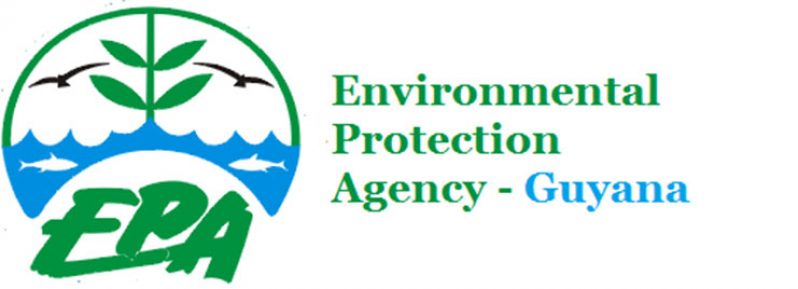LAST week we highlighted the environmental authorisation process ending with the EPA’s decision to not require an Environmental Impact Assessment. In this article, we stated that there are instances where members of the public object to the agency’s decision to not require that this study be undertaken – the Environmental Assessment Board (EAB) either upholds or overturns the EPA’s decision. If the agency’s decision is upheld, the authorisation process continues with the submission of Environmental Management Plans and other environmental studies as required. These plans are reviewed, adjustments are made, and the permit is granted.
EIA required
There are some proposed projects whose impacts on the environment can be so significant that the Environmental Protection Act in Part IV and the Fourth Schedule mandate that a study be carried out to determine what those impacts will be and ways to mitigate or ensure that these do not cause substantial damage. This study is called an Environmental Impact Assessment (EIA) and is a tool often used in environmental management and biodiversity conservation.
Scoping
After screening, the agency determines that an EIA should be conducted; a 28-Day Public Notice is published, giving the public 28 days from the publication of the notice to make recommendations to the agency on what should be included in the study. These comments are sent to the EPA’s Executive Director through mail-in letters or emails. In an effort to ensure that as many potentially affected stakeholders as possible are captured, meetings are held in communities – during this pandemic, every effort has been made to ensure that this has been done according to recommended guidelines for safety.
Every EIA is carried out by an independent and suitably qualified person or team of persons approved by the EPA.
 The submissions received from the public as well as from the agency are shared with the consultant and form the Terms and Scope or Terms of Reference for the EIA. The EIA has three (3) components: an environmental baseline study, an environmental assessment and an Environmental Impact Statement (EIS).
The submissions received from the public as well as from the agency are shared with the consultant and form the Terms and Scope or Terms of Reference for the EIA. The EIA has three (3) components: an environmental baseline study, an environmental assessment and an Environmental Impact Statement (EIS).
The EIA is submitted
Once the EIA has been completed, it is submitted to the EPA and the developer is required to publish a notice in at least one daily newspaper notifying the public of this submission. This notice gives the public 60 days from the date of submission to read the EIA, and to make comments on the document. In the public’s interest, the EIA is posted to the EPA’s website and is placed in public spaces, including the National Library and the office of the Regional Democratic Council of the proposed project area. In addition to this, meetings are held to share the major findings of the EIA with potentially affected stakeholders. The EPA will take into account the EAB’s recommendations, the sectoral agency’s recommendations, the public’s comments and the EPA’s own review, and decide whether or not the project should be approved. Whilst reviewing the EIA, the sectoral agencies will also ensure that the EIA is consistent with any plans, guidelines, regulations or codes of practice developed by them.
The Environmental Assessment Board (EAB) will recommend to the EPA whether the EIA is acceptable and the conditions to be attached to the Environmental Permit, should it be granted. Should there be a need for additional information before a decision is made, the developer will be requested to submit such information. A new draft of the EIA or an addendum if the comments are not significant should then be prepared by the consultant, and must address the comments of the EPA, the sectoral agency, the public and the EAB. It is essential that the consultants clearly indicate how each comment has to be addressed.
For the approval project, the EPA will issue an Environmental Permit with the terms and conditions necessary to effectively manage the environment and, in accordance with the prescribed fee.
Ensure that you submit your applications for Environmental Authorisation, and remember, “The environment is everybody’s business!”
You can share your ideas and questions by sending letters to: “Our Earth, Our Environment”, C/O Communications Department, Environmental Protection Agency, Ganges Street, Sophia, GEORGETOWN, or email us at: eit.epaguyana@gmail.com, follow us on Facebook and Instagram, and subscribe to our YouTube channel.



.jpg)








